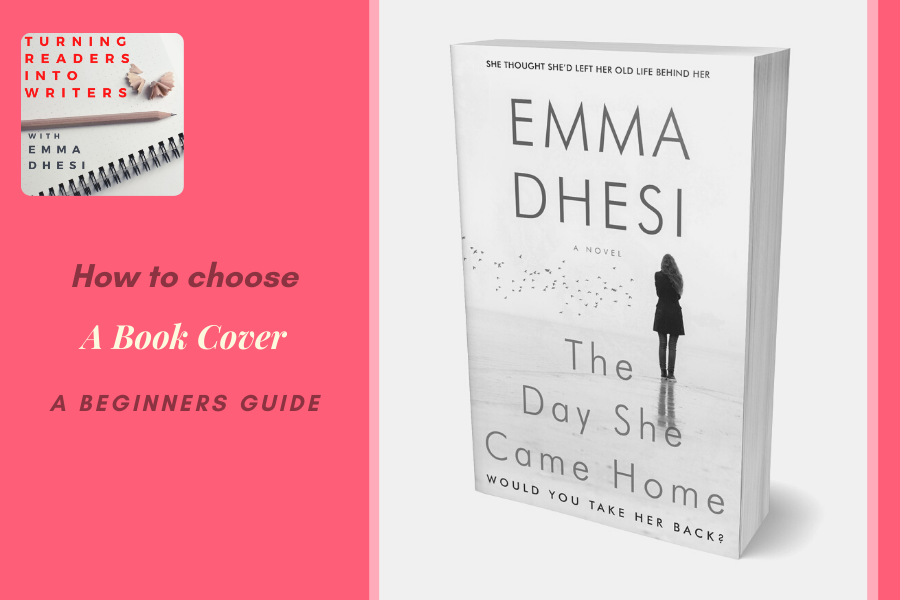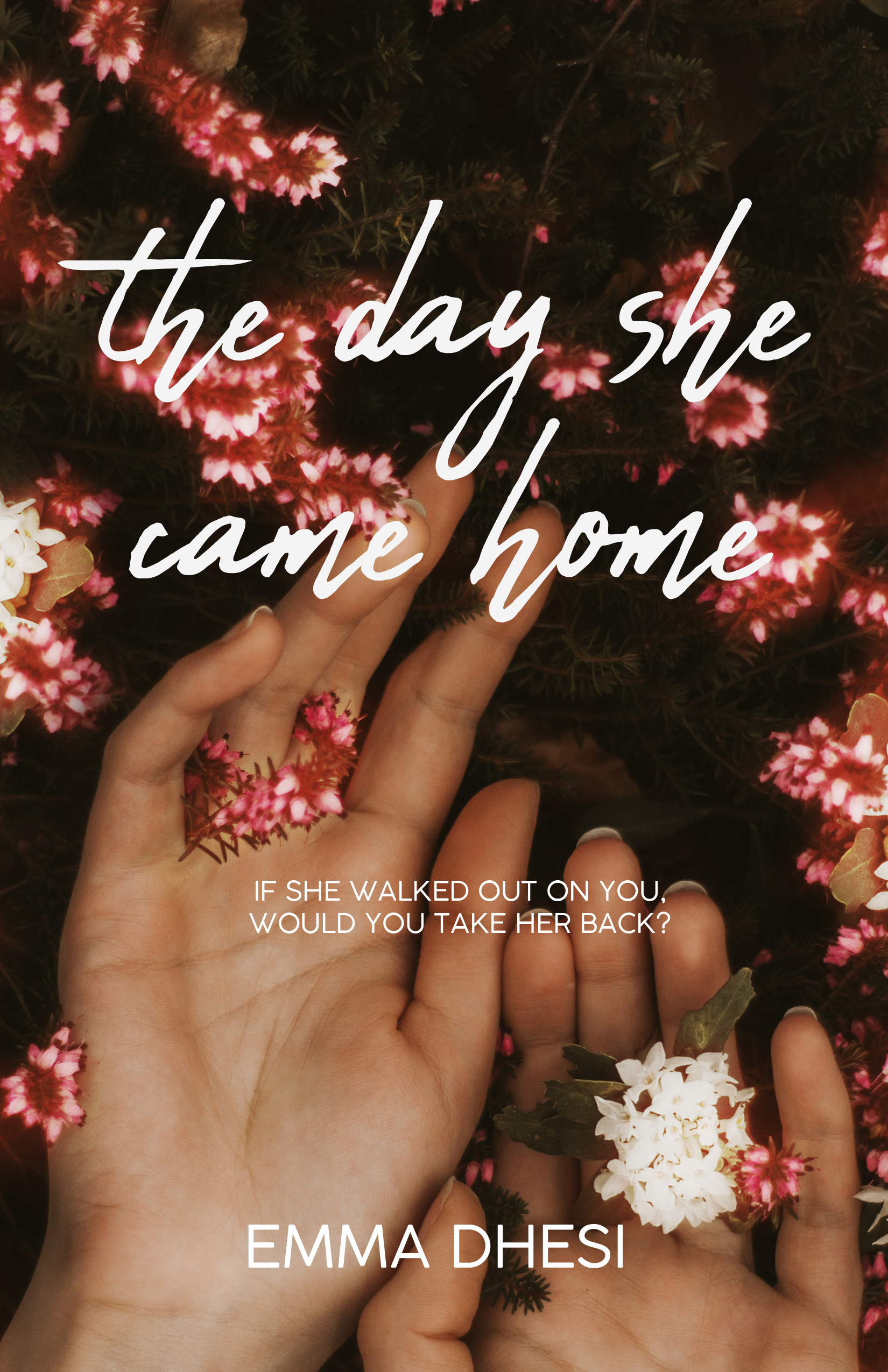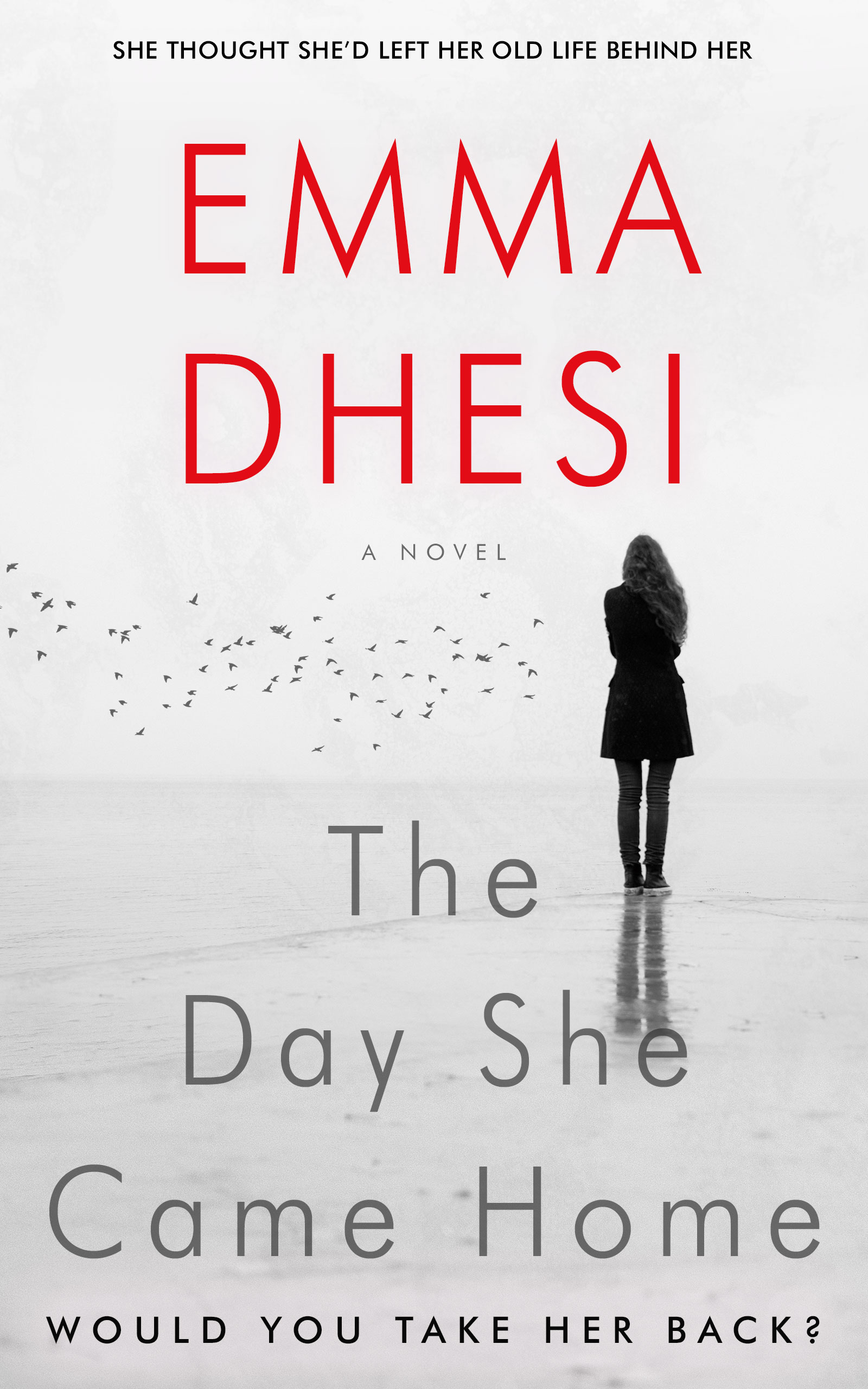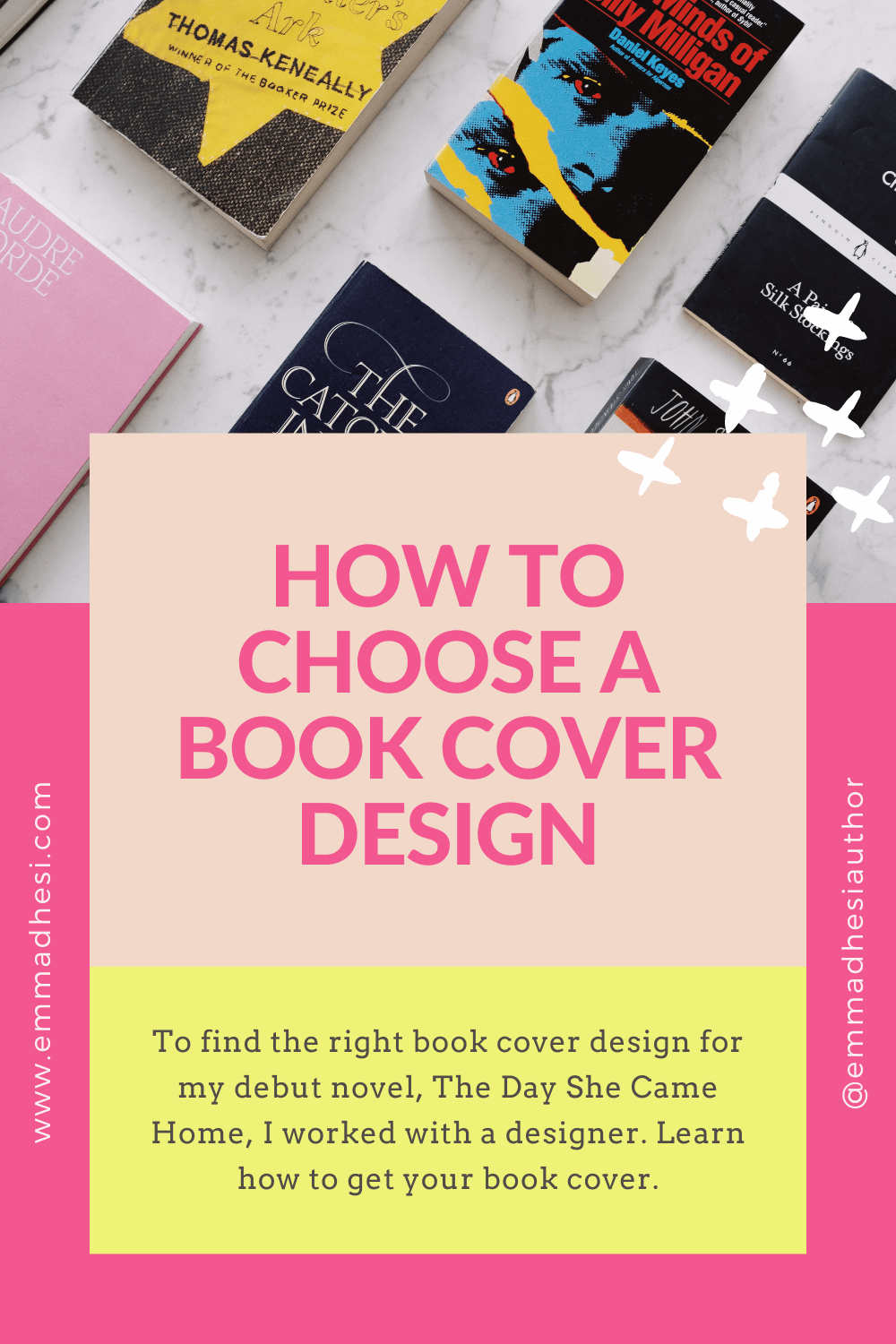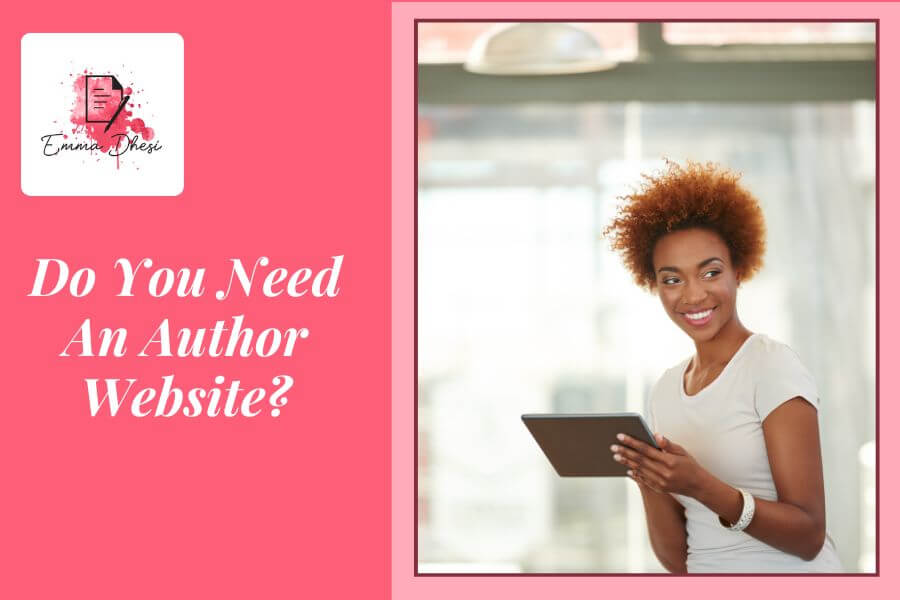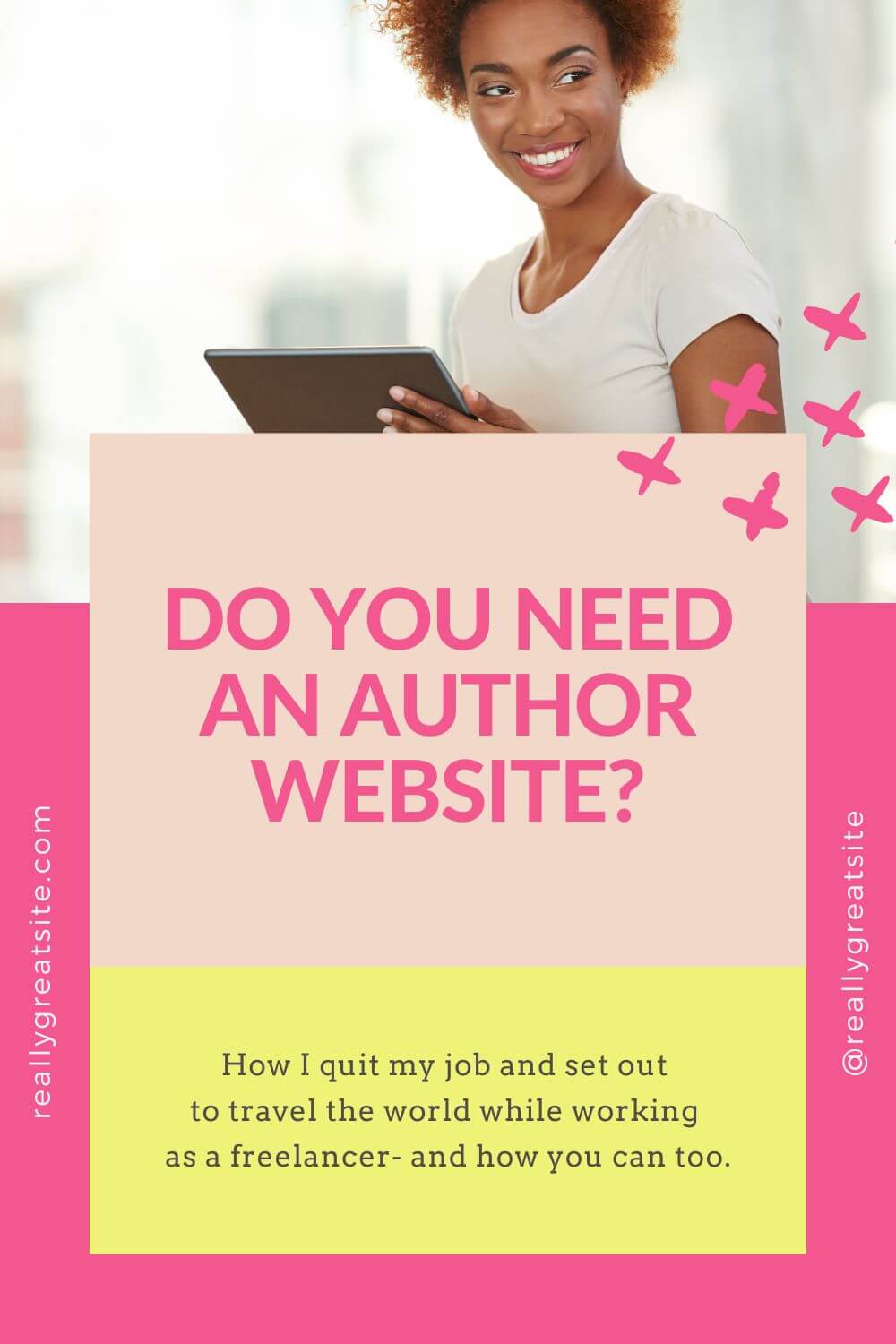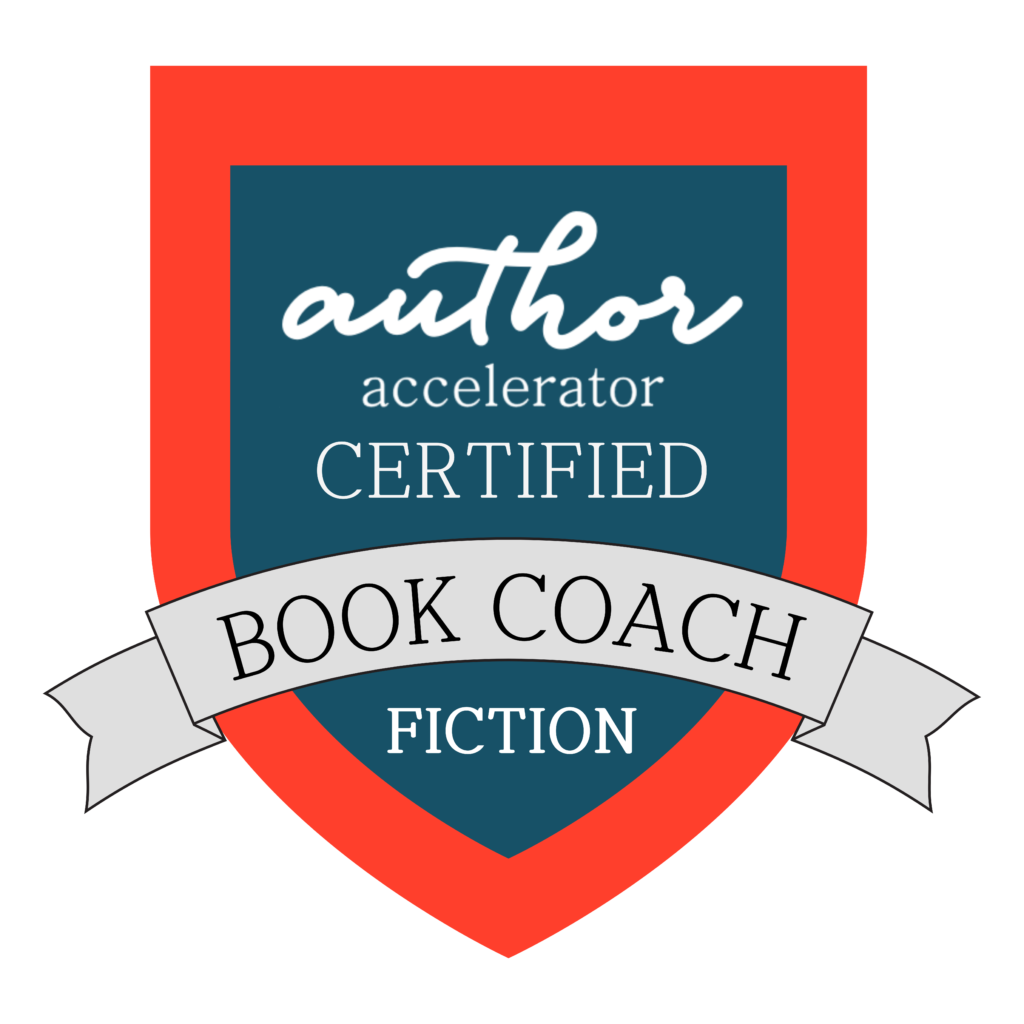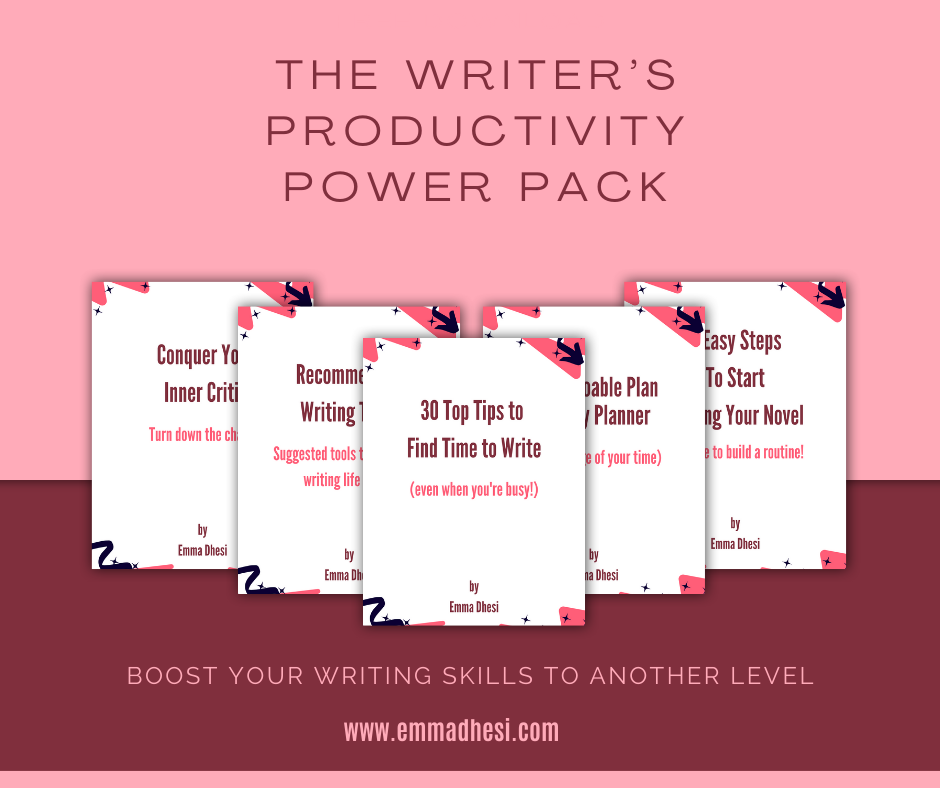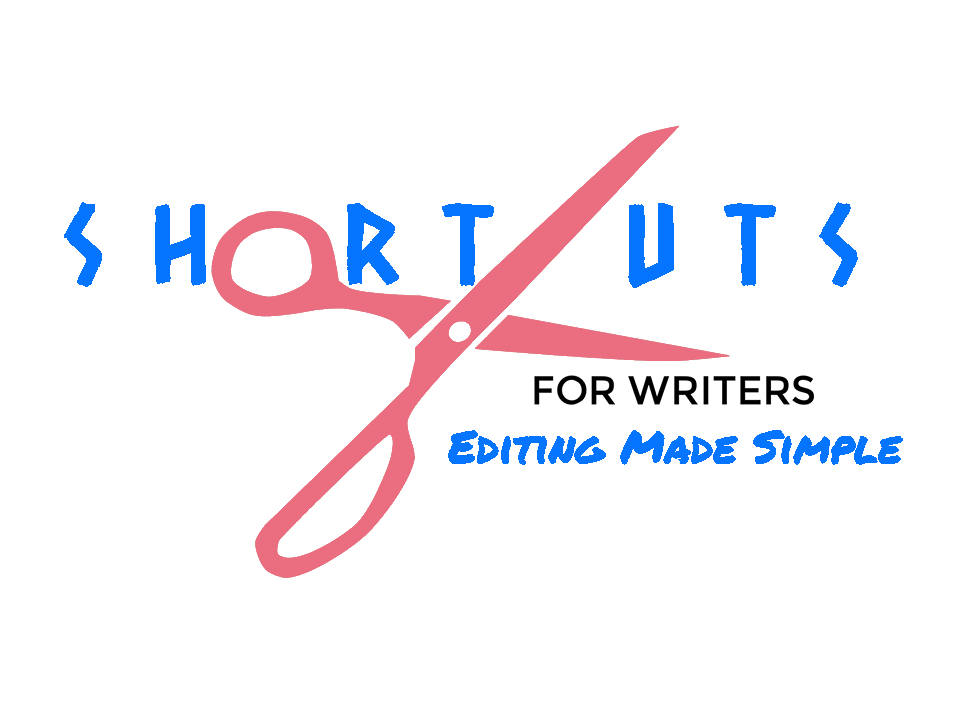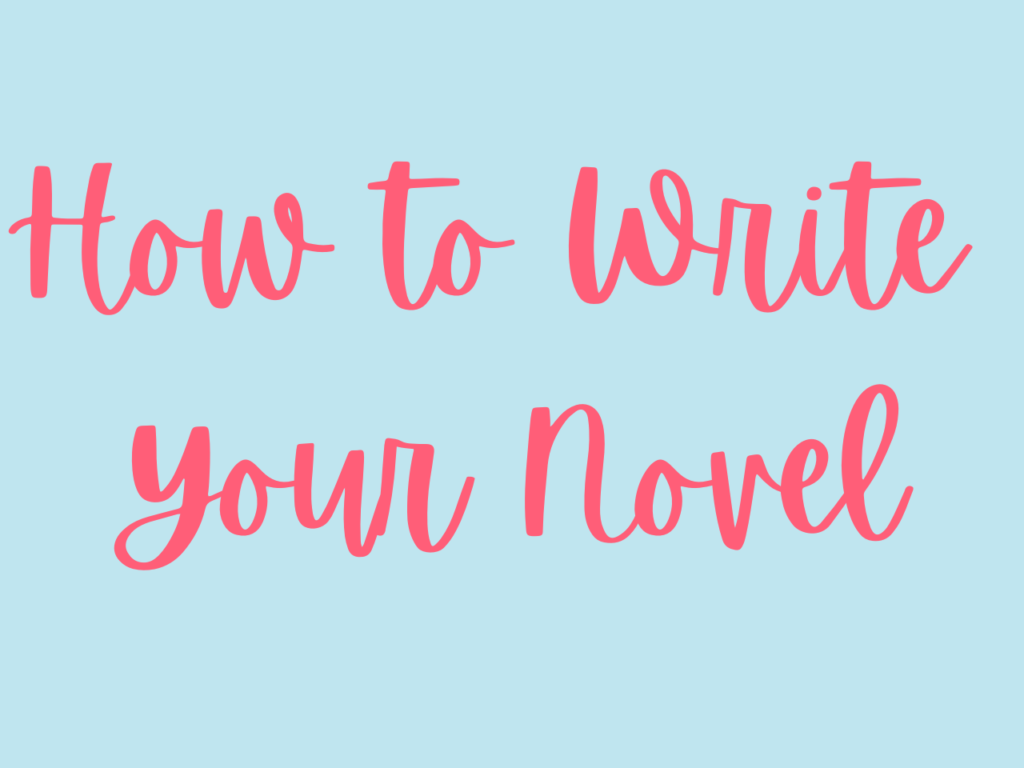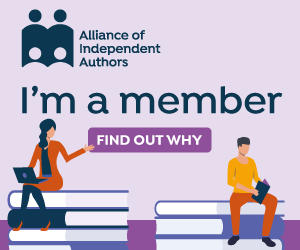
Why New Authors Need a Website
However, as I’ve delved deeper into the indie publishing world, one thing has become abundantly clear: new authors need a website. And not just any website—a well-crafted, personal hub that reflects who you are as a writer and connects you with your future readers.
Why New Authors Need a Website
You might ask, “Do new authors need a website even if they’re unpublished?” The answer is a resounding yes. An author website is a critical part of your author platform, serving as the central hub for all your online activities. It’s where readers—whether they discover you now or later—will go to learn more about you and your work.
Dan Blank, one of my favourite marketing experts, emphasises the importance of building relationships with your readers. When readers feel connected to you as a person, they’re more likely to become loyal fans who eagerly await your next release. Your website is one of the simplest and most effective ways to make those connections.
Think about your favourite authors. Chances are, you’ve looked them up online to learn more about their lives, their writing process, and their inspirations. This curiosity to know more about the person behind the books is what drives readers to author websites. By offering a glimpse into your world, you create a bond with your readers that goes beyond the pages of your books.

The Role of Your Author Website in Your Platform
Your author website is a cornerstone of your author platform, which also includes your blog, social media accounts, and any other online presence you maintain, such as podcasts or YouTube videos. But why is your website so crucial? Because it’s the one part of your platform that you own.
Social media platforms like Facebook, Twitter, and Instagram are fantastic for reaching new readers, but they’re ultimately controlled by someone else. Algorithms change, accounts get suspended, and content can disappear in an instant.
Your website, on the other hand, is entirely yours. It’s your home base, the place where you can showcase your books, share your thoughts, and connect with your audience on your terms.
From your website, you can branch out to other platforms, directing traffic to your social media accounts, blogs, or podcasts. But no matter how many online avenues you explore, all roads should lead back to your website. It’s the one place where you have complete control over your content and how you present yourself to the world.

What Should You Put on Your Author Website?
Your author website is a versatile tool that can serve many purposes. At its core, it’s a place for readers to learn about you and your work, but it can be so much more. Here are some ideas for what to include:
– Author Bio and Photo: Introduce yourself to your readers. Share a bit about your background, your writing journey, and what inspires you to write. A professional photo helps put a face to the name, making you more relatable.
– Book Information: Even if you haven’t published a book yet, you can share details about what you’re working on. Include summaries, cover art (when available), and any relevant updates. This will help build anticipation for your future releases.
– Email List Signup: Building an email list is one of the most powerful tools you can have as an author. Offer readers a way to sign up for updates, and consider offering a free short story or exclusive content as a thank you. This not only helps you stay connected with your readers but also gives you a direct line of communication to your most loyal fans.
– Behind-the-Scenes Content: Readers love to see what goes on behind the scenes. Share your writing process, research notes, or even the inspiration behind your stories. This kind of content helps readers feel like they’re part of your creative journey.
– Blog: A blog is a great way to keep your site dynamic and engaging, but is an optional extra, as maintaining a blog is a lot of work, and you don’t want it to replace writing your book! But it’s a great place to share your thoughts on writing, your experiences, or even your favourite books and authors. Regular updates will keep readers coming back for more.

When Should You Build Your Author Website?
The best time to build your author website is now—even before you’ve published your first book. By establishing an online presence early, you make yourself “findable” to potential readers, agents, and publishers. When you start marketing your book, having a website already in place gives people a place to learn more about you and your work. If they like what they see, they’re more likely to buy your book or subscribe to your mailing list.
How to Start Building Your Website
You don’t need to be a tech expert to create a website. There are plenty of resources available to help you get started. Joanna Penn, a seasoned author and marketer, offers easy-to-follow tutorials on how to create your own author website. You can find these resources on her site, The Creative Penn.
If you prefer to have someone else handle the technical details, consider hiring a freelancer to build your site. Platforms like Reedsy specialise in services for authors, making it easy to find someone who understands your needs.
Final Thoughts: Building Your Online Presence Takes Time
As you can see, there are plenty of reasons why new authors need a website, but creating a successful author website—and building a following—takes time. It’s a process that involves taking one step at a time, just like writing a book. But every small action you take brings you closer to your goal. By establishing your website early, you’re laying the foundation for a long and successful writing career. Remember, the journey of a thousand miles begins with a single step—or in this case, a single webpage.
If you’re a beginner writer and need help getting started, I invite you to sign up for my video series, 21 Days of Writing Inspiration. It provides daily motivation to get you unstuck so you can build momentum with your writing.
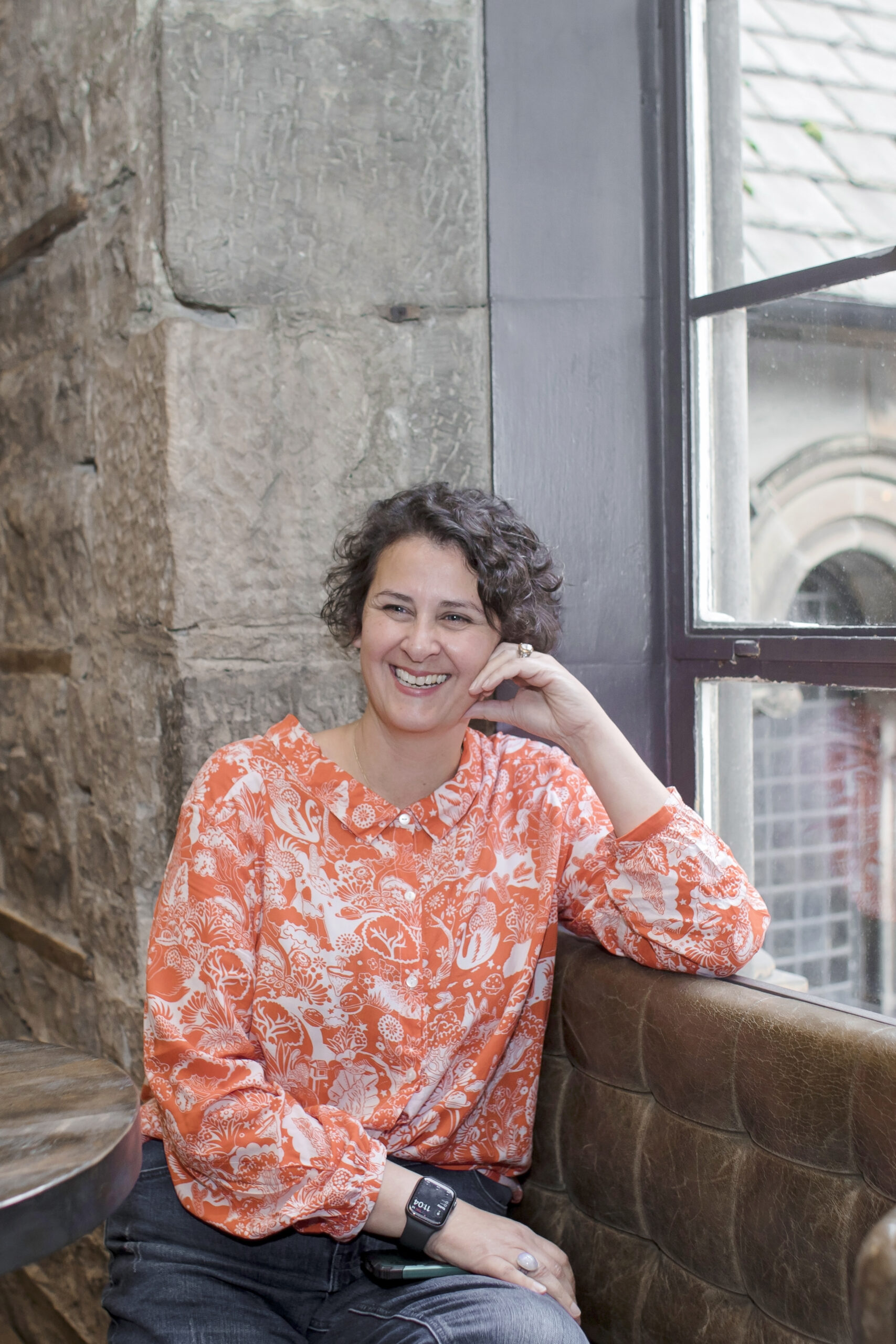
Emma Dhesi
Emma Dhesi is an author mindset coach and bestselling author who helps writers let go of perfectionism, self-doubt and writer’s block through her signature programme, Unlock Your Creative Block.
She is the host of the YouTube Channel, Emma Dhesi, where she interviews debut and experienced authors alike.
Through her 1:1 coaching programme, Emma helps new authors start and finish their first novel.
Emma provides personal written feedback on their pages and guides them through the emotional rollercoaster that is writing a novel!

